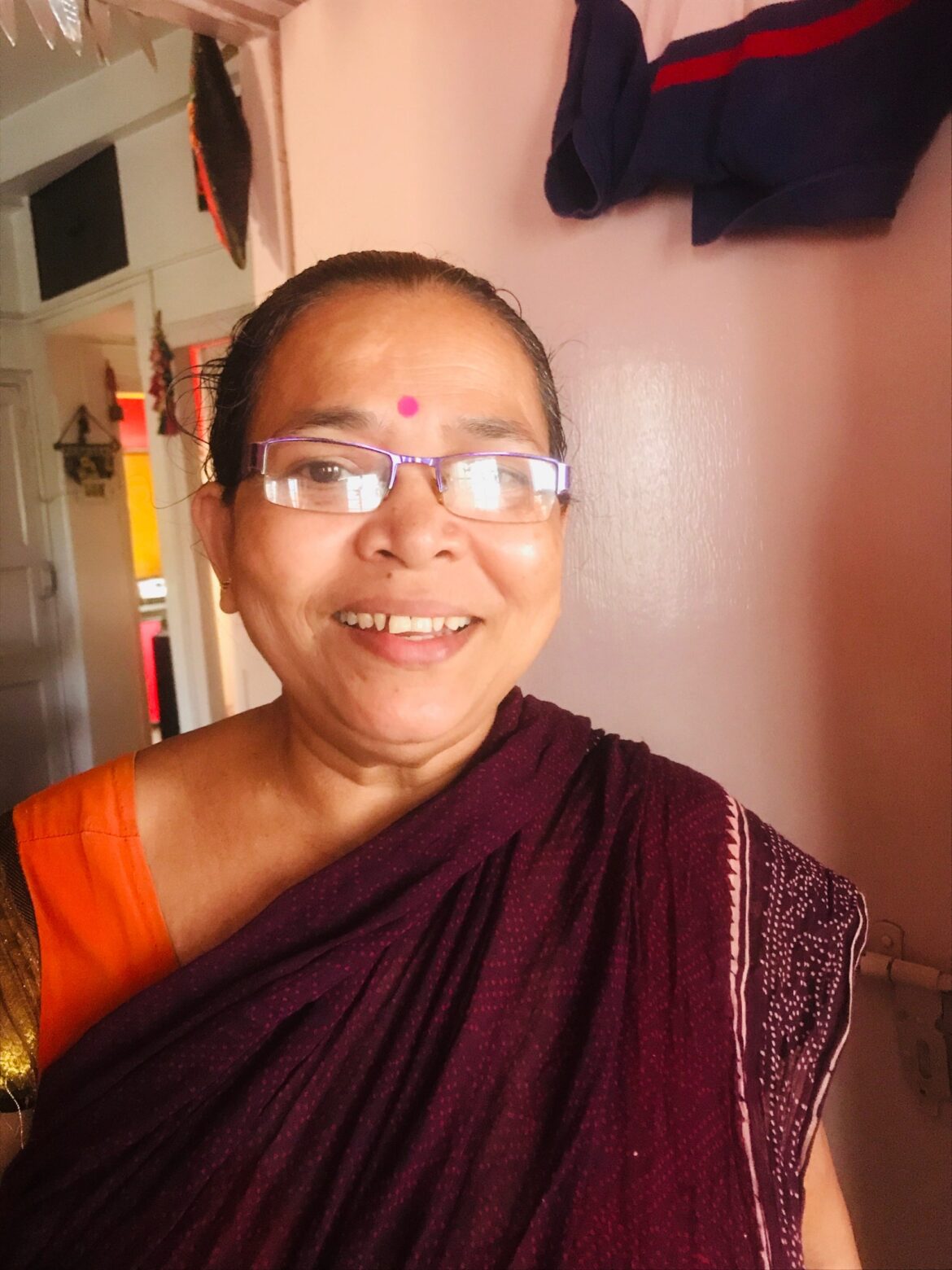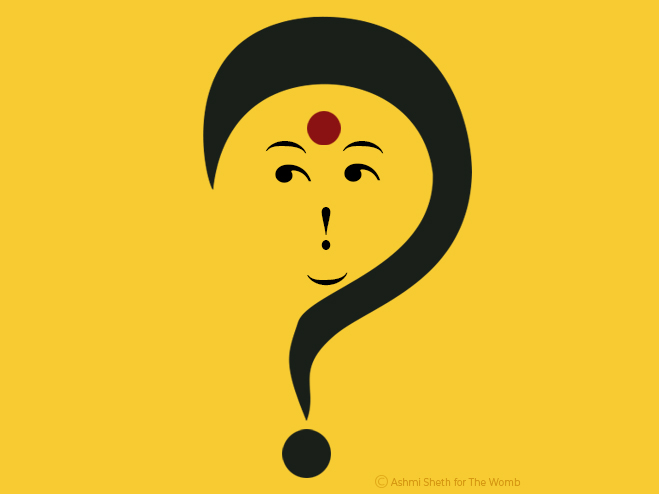By Rohit Shankar and Disha Adhikary
For some of us, our earliest memories include these women, who’ve slipped silently in and out of our lives. Toiling in the background, sometimes a part of the oft-repeated stories of our infancy. For those of us having grown up in homes with working mothers, we’ve known them to take care of all the domestic chores around the house. But we rarely wondered and seldom asked where they came from every morning or what their own houses were like.
Today, we find ourselves locked in by an invisible virus. In a span of a few days, our ordered worlds collapsed. Meetings are done over grainy video calls with formal shirts and pyjama bottoms. Groceries are delivered and gingerly collected at the doorstep. Yet the biggest change of all? They stopped coming to our homes for a few weeks.
Suddenly we had to confront the reality behind our ‘productive’ lives. As we bent our creaky backs to sweep our homes, many of us I’m sure reflected that it was their time and effort that allowed us to be successful at work, bake that cake, make a hundred attempts at an origami or even zone out in front of a screen for a few hours.
We see them with blurry eyes each morning as we grope for the latches on our doors. We find their shoes outside our homes; their plates and glasses separate on our neat cabinets. Sometimes we find them covering in houses in our national capital fearing for their lives. But have we ever wondered what their lives in their own houses are like? Are they also appreciated every time they cook something exquisite for their family members? Do their husbands also press their legs and chit chat on those long days? Are they also the “Lakshmi” of their own house? Most likely, not.
This is the story of nearly 20 million workers, almost all of them women, who work long arduous hours for little pay across our country. Amongst these, an unknown number are children, often younger than 15. They are often cheated of their wages, forced to do work in unsafe and unsanitary conditions and physically and sometimes sexually abused.
One of these nameless and faceless women is Kalpana Sarkar, from West Bengal whose story is in many ways symbolic of domestic workers in India.
When she was 15, during a visit to her cousin’s house one night the family was rudely awakened by a group of drunk men. Amongst them, a man who was besotted to Kalpana’s cousin, now married to another man. Out of vengeance, he now demanded that Kalpana be married to him. Fearing the social stigma from the situation, her uncle agreed.
Her life became a living ever since her wedding. Her husband was the “alpha” male, who would not let her speak to the neighbours, go to the grocery stores or step out of the house. Yet paradoxically, on the frequent occasion that he needed money to drink, he’d send her to work odd jobs to earn some money. Kalpana had unwittingly become our ‘kaajer maashi’.
Kalpana describes her husband as an ugly man who longed other women’s attention but had no option but to pay for it. On days, he fell short of cash he would force himself upon her. Through these traumatic encounters, she became the mother of three children.
She endured the regular beatings for almost 15 years in the hope that her husband would eventually improve and because of the stigma attached to leaving a marriage. Occasionally, she would find movie tickets in pairs, in his pockets and enquire where he was, who he was with. He would proudly announce that he had paid for another women’s company and would beat his wife up if she protested.
One night the violence was particularly bad and she was locked out of the house. Her children begged their father to let them in. On opening the door, he ruthlessly poked her eye with his nail and banged her head on the wall. Her children rushed her to the hospital where the doctors managed to save the eye. She realised that night that her marriage was beyond salvage. She reached out to the neighbours who collectively threw the husband out of the house. Since then, Kalpana or Kalpana maashi as she is known to us, became self-reliant.
She is one of the lucky ones. The families she has worked for over the last few decades are emotionally invested in her well-being. Even so, some households have not paid her wages since the national lockdown. She says that withholding of wages is the norm rather than the exception for domestic workers in Kolkata.
As lawyers, we instinctively look for the laws that apply to a dire situation. The adage of the man with the hammer seems appropriate. Yet, what we found in the case of domestic workers is concerning. There seem to be only three legislations that somewhat cover domestic workers in India, they are:
- The Unorganised Workers’ Social Security Act 2008 (“Unorganized Worker’s Act”);
- The Sexual Harassment of Women at Workplace (Prevention, Prohibition and Redressal) Act, 2013 (“Sexual Harassment Act”); and
- The Protection of Women from Domestic Violence Act, 2005 (“DV Act”)
The Unorganized Worker’s Act applies to all workers who work in places of employment that employ less than ten workers. Additionally, these workers are excluded if they are covered under 6 labour legislations including the Workmen’s Compensation Act, Maternity Benefit Act and Industrial Disputes Act.
Domestic workers, being employed at home and being covered by neither the list of excluding legislations nor even more basic labour laws like the Minimum Wages Act 1948, fall within the ambit of the Unorganised Worker’s Act.
The Unorganized Worker’s Act simply creates a National Social Security Board and a State Social Security Board which empowers them to make rules to govern these workers. In simpler words, the Act leaves it to sarkaari babus, to create policy through executive action. The Act is an obscure notification in the state gazette, as opposed to an Act of the state legislature which is usually subjected to some public scrutiny.
The Act has not resulted in any rules on the conditions of work, guarantee of payment or even on simpler issues like compensation for a work-related accident.
The Sexual Harassment Act, meanwhile, deals exclusively with the protecting women from harassment. Domestic workers are brought under its ambit through its definition of “aggrieved woman” which includes ‘a woman of any age who is employed in [..] dwelling place or house’. While the protection this legislation offers all women in India, cannot be understated, for domestic workers the Sexual Harassment Act protects them from only a portion of the spectrum of abuse they face.
The DV Act is more structured, detailed and has successfully convicted more perpetrators than the other legislations mentioned above. Its real test, some say comes now, when women are locked in with their abusers and find it harder to call for aid.
Domestic violence has become so widespread that it has been referred to as the ‘shadow pandemic’ by the United Nations. The National Commission of Women (NCW) reports that from March 24 till April 1, 2020, 257 complaints related to various offences against women were received. NCW chief Rekha Sharma says the main reason for the rise of domestic violence is that men, confined to home, are taking out their frustration on women, while refusing to help out in domestic work.
The NCW lays down detailed procedures of filing a complaint both physically and online and private organisations like Tata Institute of Social Sciences, Mumbai are offering free telephone and email-based counselling services through a team of qualified and trained mental health professionals by way of their service iCall.
The judiciary also seems to have taken cognisance of the malaise with several High Courts addressing different aspects of the issue.
The Jammu and Kashmir HC has taken suo moto cognizance in re: court on its own motion v. Union Territories of Jammu and Kashmir through its secretaries, Social Welfare Department observing that due to the pandemic the women couldn’t reach the authorities for help. The Court noted that the UN Secretary General’s call for governments to make the prevention and redress of violence against women a key part of their national response plans for COVID-19. Shelters and helplines for women must be considered an “essential” service for every country with specific funding and broad efforts made to increase awareness about their availability. The Court went on to prescribe practical and functional guidelines to address the issue.
The Delhi High Court meanwhile, in All India Council Human Rights , Liberties and Social Justice v. Union of India and Ors. recognised that the government had taken effective steps thus far and cautioned that WhatsApp and phone lines were to remain unchanged and always manned to ensure a quick response.
States have adopted different approaches to the problem, with Tamil Nadu including domestic workers in the Tamil Nadu Manual Workers (Regulation of Employment and Conditions of Work) Act 1982 and creating a board for their welfare. Maharashtra has directed its government employees not to employ children below the age of 14 and Karnataka, Kerala and Bihar have fixed minimum wages for domestic workers.
The National Domestic Workers’ Movement is an organisation that has campaigned for legal rights such as:
- A minimum wage;
- Decent conditions of employment;
- Compensation for accidents;
- Mandatory leaves; and
- Collective bargaining
The consensus amongst our domestic workers with these principles is reflected in a similar demand for a comprehensive legislation made by a coalition of unions called the National Platform for Domestic Workers.
Parliament has made several attempts to enact such a comprehensive legislation for domestic workers. Bills have been introduced across party lines, only to never see the light. Significant attempts include:
- The Domestic Workers Welfare and Social Security Bill 2010 which was drafted by the National Commission for Women; and
- The Domestic Workers Welfare Bill 2016 which was introduced by Dr. Shashi Tharoor.
Instead of a comprehensive legislation, we seem to have settled on the National Policy on Domestic Workers 2019 which in the words of the Press Information Bureau of India means that “The Ministry of Labour and Employment is considering to formulate a National Policy on Domestic Workers which is in the draft stage”.
Perhaps in the meantime, the Parliament could amend the plethora of existing labour laws to include domestic workers within the protective ambit of these laws, escpecially given that the Central Government has powers on enacting legislation under Article 15 (3) of the Constitution of India, 1950. The future, however, seems bleak. With states opting to exempt corporations from crucial labour laws, migrant workers being forced back to stay in cities and your kaamwali and our kaajer mashi bai has dark days ahead.







